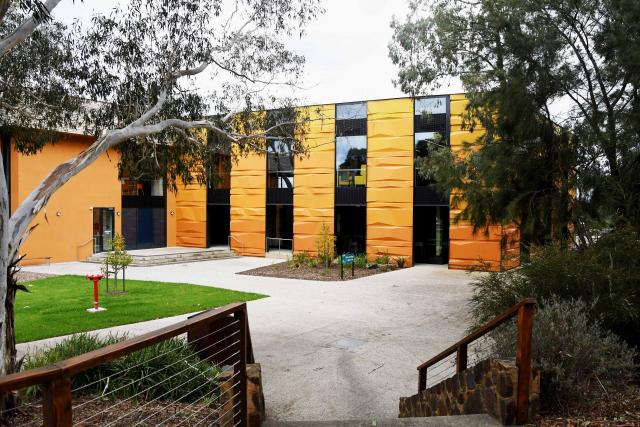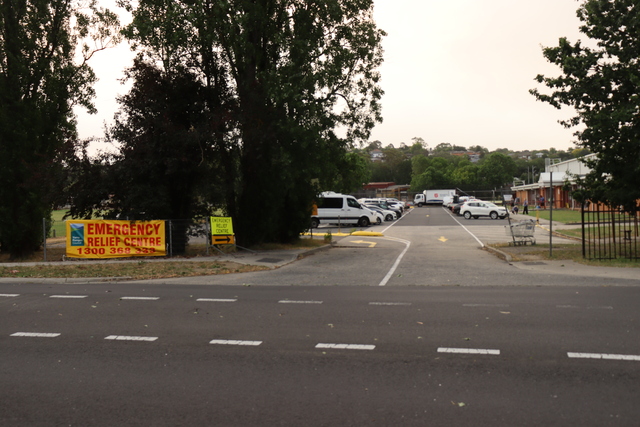VCAT has been required to settle a dispute between an Upper Ferntree Gully resident and Yarra Ranges Council.
The applicant Nicole Lambden sought to demolish an existing deck at the rear of the house and build a new one but the council sought more information from the applicant.
VCAT was review to determine whether the application was a VicSmart application (fast-tracked) and the scope of a request for more information if it is a VicSmart application.
As part of their information request, Yarra Ranges Council sought a site plan, floor plan, elevation plans, a geotechnical assessment, a landslip risk assessment and a written response regarding existing earthworks on the site. VCAT Senior Member Geoffrey Code agreed with the council that the plans provided were of poor quality.
The land in questions is situated in an Erosion Management overlay (EMO) and was not eligible for any exception so required a permit for works to construct the new deck.
Throughou the application process, the council had treated it as a VicSmart application as it was lodged, but doubted this at the hearing, largely due to the plans for some retaining walls in the backyard which would not qualify as a VicSmart application.
Mr Code said in the decision that the only specified works not in the footprint of the deck are the excavation and retaining wall beyond the southern edge of the deck.
“I characterise these works as ‘for’ the deck because they are connected to and are not independent of the deck and the purpose is to facilitate comfortable use of the deck. As well, they are minor in scope,” the decision reads.
“Although there is no notation about the amount of excavation, I estimate that less than one half of a cubic metre would be excavated,”
“Accordingly, the application for permission under the EMO is a VicSmart class of application.”
The applicant argued the information requirement was unlawful because it goes beyond what is required to be provided and duplicates some requirements under the EMO that should not apply.
The council justified its decision based on the relatively high landslip risk of the deck’s location, geotechnical advice from a consultant which expressed concerns about the stability of the utting that the deck will be located on and the requirement in the EMO for landslip risk to be at a tolerable level for new development.
In the decision, Mr Code said he did agree with the applicant that the EMO planning requirements do not and can not apply to a VicSmart application but did not agree that the council could not lawfully request more information.
“I do not agree with the Council’s reasons for its information requirement. I do not consider them relevant for a section 54(1) requirement for a VicSmart application. They may be relevant when the Council considers whether or not to grant permission but are not relevant to deciding if the information in the VicSmart application is sufficient,” the decision reads.
“At the hearing, the applicant conceded that the permit application is not in a suitable state for the Council to make a proper assessment. The applicant also conceded that if she were to succeed in this proceeding and that the information requirement was changed to essentially conform with clause 59.05 requirements, she would have further discussions with the Council and apply to amend the permit application before the Council decided whether or not to grant permission.”
In the end, Mr Code made two changes and deleted two items from the information requirement:
The applicant must provide information regarding contours across the whole of the land and existing development.
The applicant must provide information regarding the means proposed to stabilise disturbed areas.
The geotechnical assessment and landslip risk assessment were deletedfrom the information requirement.







